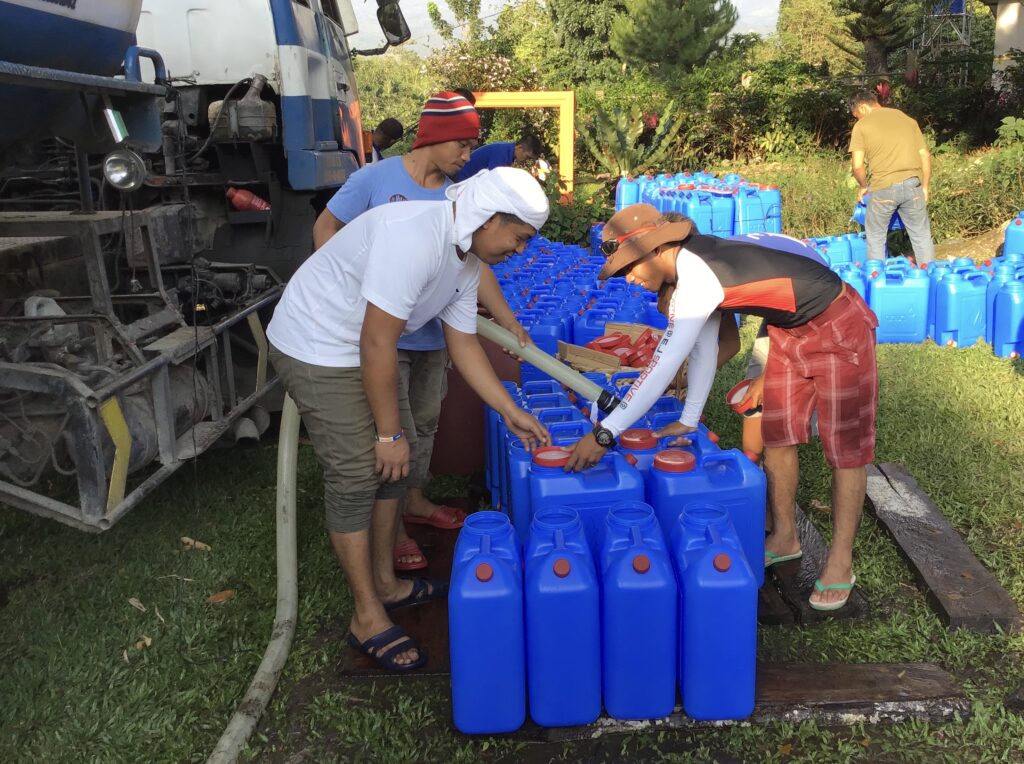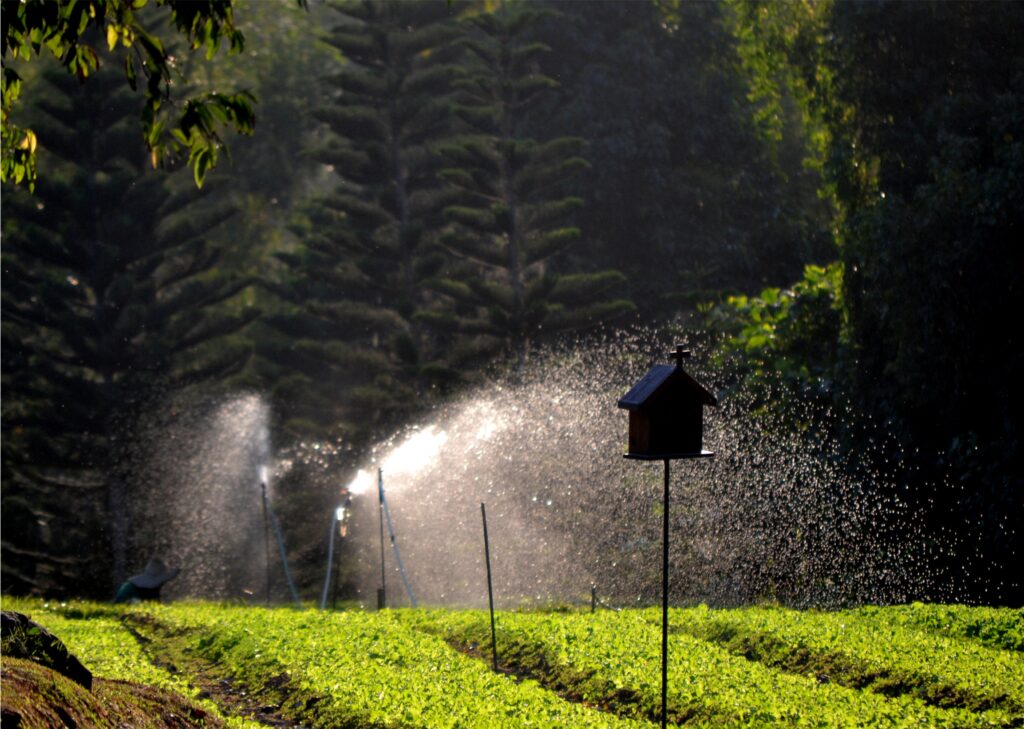Text and Photos by Henrylito D. Tacio
It’s either too much water or none at all.
That seems to be the gist of the post of senatorial aspirant Emmanuel Piñol in his Facebook post.
“For a country which literally is submerged in floodwater during the typhoon season, the Philippines is facing a major crisis which could impact on the lives of the next generation of Filipinos – the lack of water,” Piñol said.
You may find this absurd, but that is the reality. More ridiculous is that no one, according to Piñol, is paying attention to the problem.
“Sadder than this impending disaster is the fact that nobody seems to be concerned about it and that there is no wholistic plan of action to prevent it from happening,” Piñol pointed out.
When Metro Manila suffered water shortage, there were those who suggested establishing the Department of Water and Water Resources. But when La Mesa Dam was filled with water after heavy rain, the proposal was completely forgotten.
Just like climate change, the water crisis should be given much attention. Sandra Postel, director of the Massachusetts-based Global Water Policy Project, believes water problems will be right there with climate change as a threat to the human future.”
More importantly, higher global temperatures will worsen the current water problems.
“Although the two are related, water has no substitutes. We can transition away from coal and oil to solar, wind and other renewable energy sources. But there is no transitioning away from water to something else,” Postel said.
According to Piñol, the most serious problems the country is facing today – which need to be addressed pronto! – are climate change and food security.
“What should we, the generation of today, do to leave behind a better country for the next generation?” Piñol asked.
One of the reasons why the country will soon be facing water crisis is due to the fact that its forest cover has gone down to only six percent. “Anim na porsyento na lang ng kagubatan ng bansa ang naiiwan since the 1900s at meron itong matinding implikasyon sa kapasidad ng ating bansa na magparami ng pagkain para sa mga mamamayan,” Piñol deplored.
Many of the country’s watersheds have been denuded. Watersheds constitute about 75% of the total land area of the Philippines. “Our country has a total of 119 proclaimed and 154 priority watersheds,” the Laguna-based Philippine Council for Agriculture, Aquatic and Natural Resources Research and Development (PCAARRD) said.
Aside from water, watersheds also provide vital resources like soil, forest range, wildlife, and minerals.
“Without trees in the forests and mountains, our rivers and creeks will run dry and agriculture will be adversely affected,” Piñol said.

Water needs 
Watering crops
“While we virtually drown in floodwaters during the typhoon season, we suffer from water shortage after only two or three months of drought,” Piñol continued. “This is simply because we have not even considered the adoption of a national water management and conservation program.”
Piñol believed that failing to address these problems would result “to a serious water crisis and hunger.”
As such, he urged the government to “seriously address the problem of deforestation and implement a national emergency program on the regreening of the denuded highlands and mountains using a strategy which would encourage people to participate.”
In his post, Piñol suggested having a law “which would impose a very stiff penalty, including a long jail term and fines, on those who encroach into the protected forest areas, watersheds and resources of headwaters.” Once this kind of law is passed, it should be “strictly enforced.”
He also proposed a national water management and conservation master plan which would “enjoin every Filipino and every agency of government, especially local government units, to participate in the establishment of water catchments, levees, dams and water impounding areas to hold water and elevate the water table in the surrounding areas.”
“Water is the most precious asset on Earth,” Postel reminds. “It is the basis of life.”
“As water is an absolutely vital resource, at the center of life itself, it is a key integrating factor in the environment. Without sustainable water management to ensure that there are sufficient supplies of clean, safe water, the health of ecosystems and those who depend on them, especially people, suffer,” said Dr. Klaus Toepfer during his term as executive director of the Nairobi-based United Nations Environment Program.
Next to air, water is the element most necessary for survival. A person needs at least 24 liters of water daily or one liter per hour. Even when he breathes, he still needs water. “Our lungs must be moist to take in oxygen and excrete carbon dioxide,” wrote Leroy Perry in a Reader’s Digest article. “It is possible to lose half a liter of liquid each day just by exhaling.”
A household of five needs at least 120 liters per day to meet basic needs – for drinking, food preparation, cooking and cleaning up, washing and personal hygiene, laundry, house cleaning, according to the Washington-based Worldwatch Institute, a global environmental group.
Only 2.5 percent of the water that covers over 70% of the earth’s surface is considered fresh water. And only 1.3% is available for human use since most of the freshwater is trapped in glaciers, ice sheets, and mountainous areas. Freshwater is drawn either from wells (tapping underground sources called aquifers) or from surface flows (like lakes, rivers, and man-made reservoirs).

